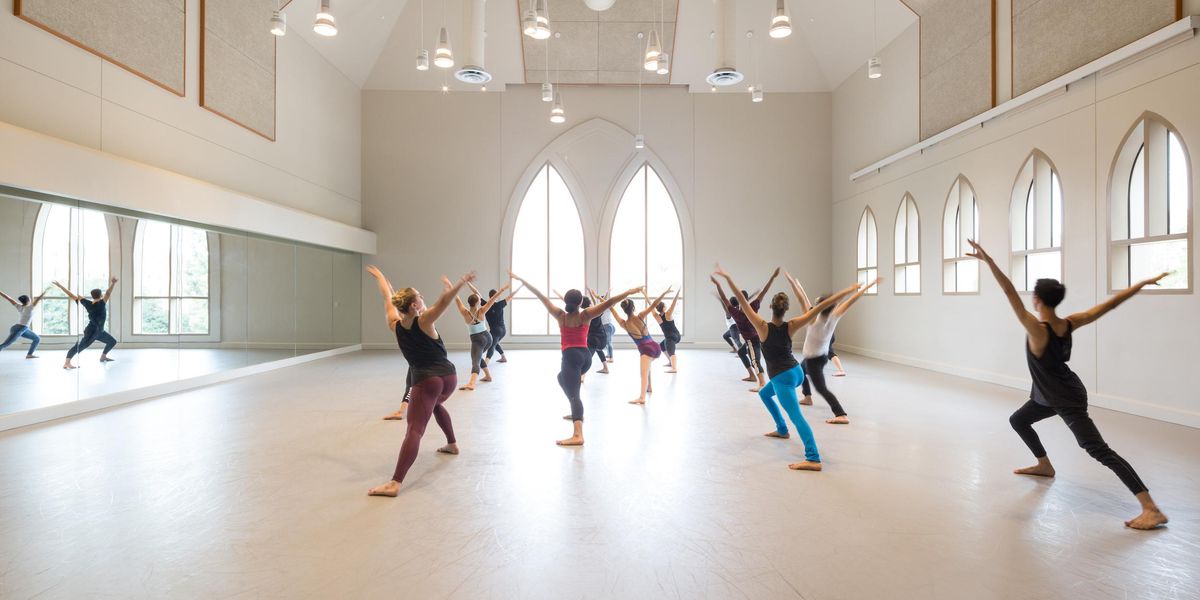Dispatch from The Georgian Ballet Gala
Georgia, a beautiful mountainous land in the Caucasus mountains between Europe and Asia, is the birthplace of Balanchine’s father, Meliton Balanchivadze. It’s also a political hotspot, where in 2003 a peaceful Rose Revolution led by Western-educated Mikheil Saakashvili spun the country away from the Russian-Soviet sphere, towards the US and the West. Now Saakashvili’s been voted out, and the Georgian State Ballet, directed since 2004 by Georgian-born Bolshoi superstar Nina Anaiashvili, must struggle to survive. But on May 23rd, Ananiashvili managed anyway to put together a gala concert celebrating the 110th birthday of the one Georgian-linked cultural figure revered by both East and West: George Balanchine.
A red carpet ushered a glittering crowd (including various ministers and ambassadors) into the round glass Philharmonia Hall, the company’s temporary home while its own opera house is renovated. The evening’s high point came after the first intermission, with the Georgian premiere of Balanchine’s 1941 chamber work, Concerto Barocco, well-chosen for the Philharmonia’s shallow stage. The eight young corps girls danced bravely and with some delight—you could almost see them springing to attention amid the ballet’s jazzy musical accents. In the middle movement, Eka Surmava partnered by David Ananeli offered a special feminine serenity as the two violins wove their elastic adagio. Barocco was staged lovingly by Bart Cook and Maria Calegari, and its acquisition subsidized, this reviewer is proud to say, by our own American embassy, under the guidance of ambassador Richard B. Norland. Afterwards at the reception in the theater’s lobby, Cook and his hard-working, now glammed-up young dancers hugged each other in a cathartic finale.
“Balanchine’s works are for dancers what the classical Greek architecture is for modern architects,” Ananiashvili wrote in her program note. Her company already dances 10 other Balanchine ballets, one of which, Serenade, opened the evening. Even with grim and airless moments, this Serenade still swept dancers and audience into Tchaikovsky’s fast-flowing river of strings. And Barocco and Serenade together reminded the audience of Balanchine’s seemingly personal interest in that old trope of romantic ballet, the all-female society. The female dancers of both Serenade and Barocco seem to be enacting strict and urgent rituals, even before a man comes on stage to observe, assist, support, lift some of them into the skies.
A series of Balanchine pas de deux rounded out the evening—danced by Georgian and foreign guests from the English National, Dutch National, Berlin State and Bolshoi ballets. The Tbilisi company’s own Ryo Kato added a roguish air to Tarentella (the youngest Balanchivadze in the audience, 5-year-old Maria, later gave him flowers), and the Dutch National’s Maia Makhateli contributed a liquid femininity to Tchaikovsky Pas. The concert ended with Tbilisi’s white-clad corps de ballet in the finale of Chaconne.
This gala evening actually marked the end of a several-day festival, which also featured an exhibition of Paul Kolnik’s wonderful photographs of NYCB, held in the newly restored (also with help from our embassy) Tbilisi Museum of Theater, Music, Cinema and Choreography. Some photos showed Balanchine himself rehearsing his dancers. It was somehow wonderful to see the old and still elegant choreographer re-inserted into the landscape of the homeland he barely knew, but which today claims him as its own.




